Children in Scotland usually start Primary School when they are between 4½ and 5½ years old. This can be an exciting time for children and their families. It can often be overwhelming too. There are lots of things you can do to help your child with moving on to Primary School. On this page, you will find lots of ideas and activities you can use. Starting to think about what your child will need to do when they start primary school will help you too. Make sure you spend time playing with your child to help them develop the skills they need. This video tells you all about the resources on this page and how to use them. It also has some other tips for teaching your child new skills.
The Moving On To School questionnaire is for children who are about to start primary school. It will help you to teach your child and develop the skills they need to take part in school by providing activity ideas and information.
The questionnaire looks at different areas of your child's development including sensory, fine motor, activities of daily living (e.g. dressing and eating), listening, understanding, talking and interacting skills.
Click below to access the questionnaire.
Don't worry if your child is not meeting all the milestones. The questionnaire will provide you with ideas and activities to help achieve these skills. Further resources are available throughout KIDS. If you are worried speak to your Health Visitor or nursery staff.
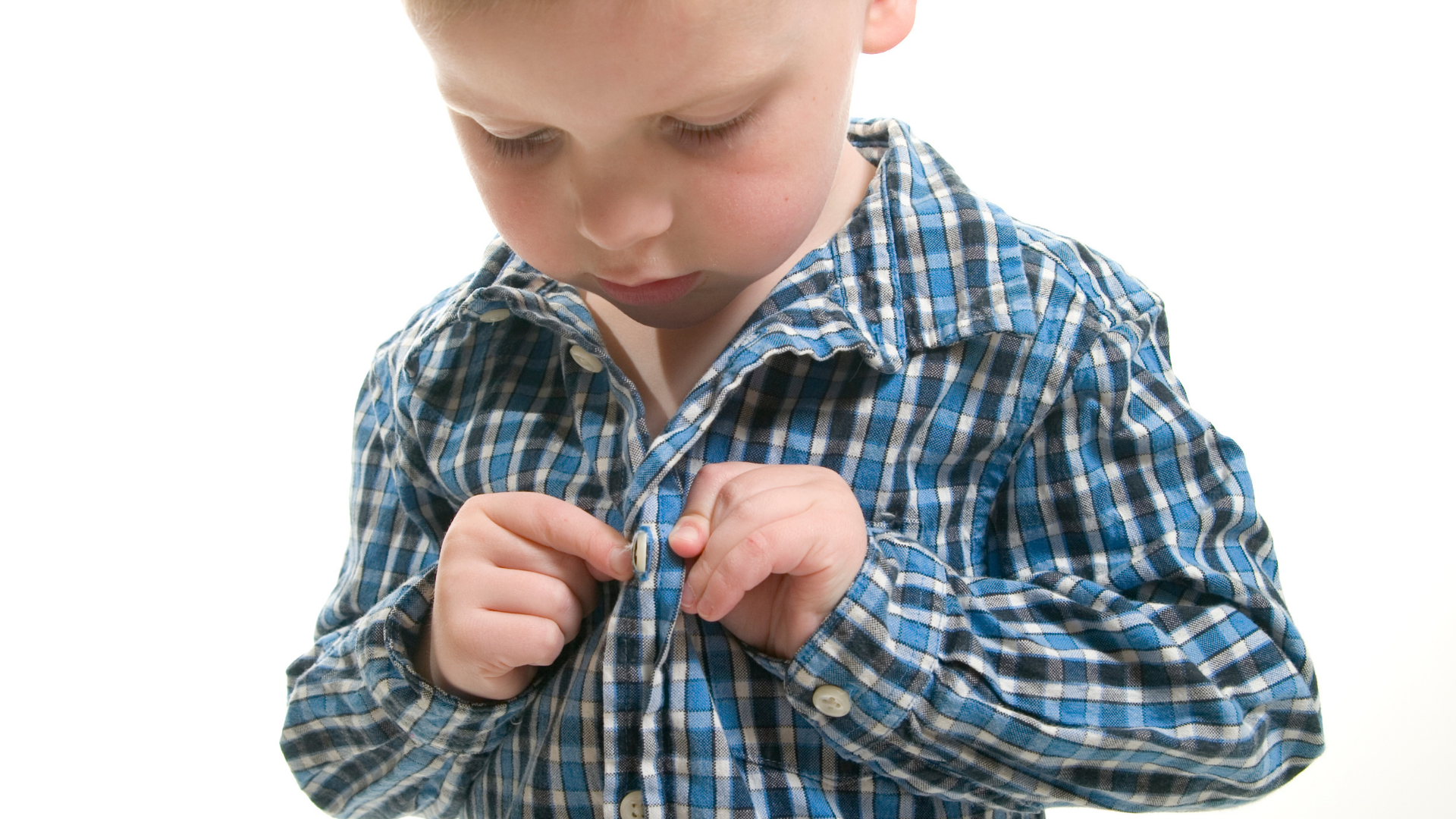
Below are some dressing videos and information sheets that you and your child can use together to help them practice different dressing tasks. These videos are very simple and show the steps of different tasks clearly and slowly. You can pause them at any time and use them to help you practice together.
Click here for further videos and information sheets on KIDS.
When teaching a new skill we often start at the beginning. This can be challenging for children sometimes as they get frustrated. You can give your child a sense of achievement by using the backward chaining technique. Backward chaining is particularly useful when learning self-care skills like dressing. It can also be helpful when teaching younger children. It is also useful when someone is having difficulty learning new skills.
 So what is backward chaining? You start by breaking the task down into small steps. You teach your child the last step first, working backwards from the goal. You complete all the steps except the last one. You get your child to practice the final step. Your child will enjoy the success that comes from completing a task. Once your child can do the last step you complete all the steps except for the last two. You teach your child the second from last step and they then complete the last step themselves. Even more success! Keep going until you are teaching the first step and your child is completing all the other steps.
So what is backward chaining? You start by breaking the task down into small steps. You teach your child the last step first, working backwards from the goal. You complete all the steps except the last one. You get your child to practice the final step. Your child will enjoy the success that comes from completing a task. Once your child can do the last step you complete all the steps except for the last two. You teach your child the second from last step and they then complete the last step themselves. Even more success! Keep going until you are teaching the first step and your child is completing all the other steps.
This is a particularly useful way to teach dressed or undressed. It can also be helpful for teaching any task that has a number of steps.
Babies love to take their socks off. They can usually manage this by themselves by the time they are 15 months old.
Putting on socks is a skill that children can often find challenging. It is particularly hard for children who have difficulties using both hands together.
Children learn to take their shoes off first. They can usually pull on wellies, slippers and slip-on shoes by the time they are 2 years old.
Here is a video from our OT colleagues in NHS Forth Valley for helping children put on their socks.
 By 2 years your child should be able to take off their unfastened jacket. Between the ages of 3 and 4, your child should be able to put their jacket on. Although they may not manage zips and buttons.
By 2 years your child should be able to take off their unfastened jacket. Between the ages of 3 and 4, your child should be able to put their jacket on. Although they may not manage zips and buttons.
Here are some tips to help:
Try these to find out what one works for your child:
Learning to do fastenings can be tricky. Like many other skills children need to be taught how to do these activities. Below you will find videos and resources to support you to teach your child how to un/do zips and buttons.
Zips are usually the first fastenings that children learn to do. Their first zip is usually on their jacket. Children will need help to put the zip together to start with.
To un/do buttons, both hands need to work together but make different movements.
Here are some ideas about how to teach your child to do zips and buttons.
You can find more information on our Zips Information Sheet and our Button Information Sheet.
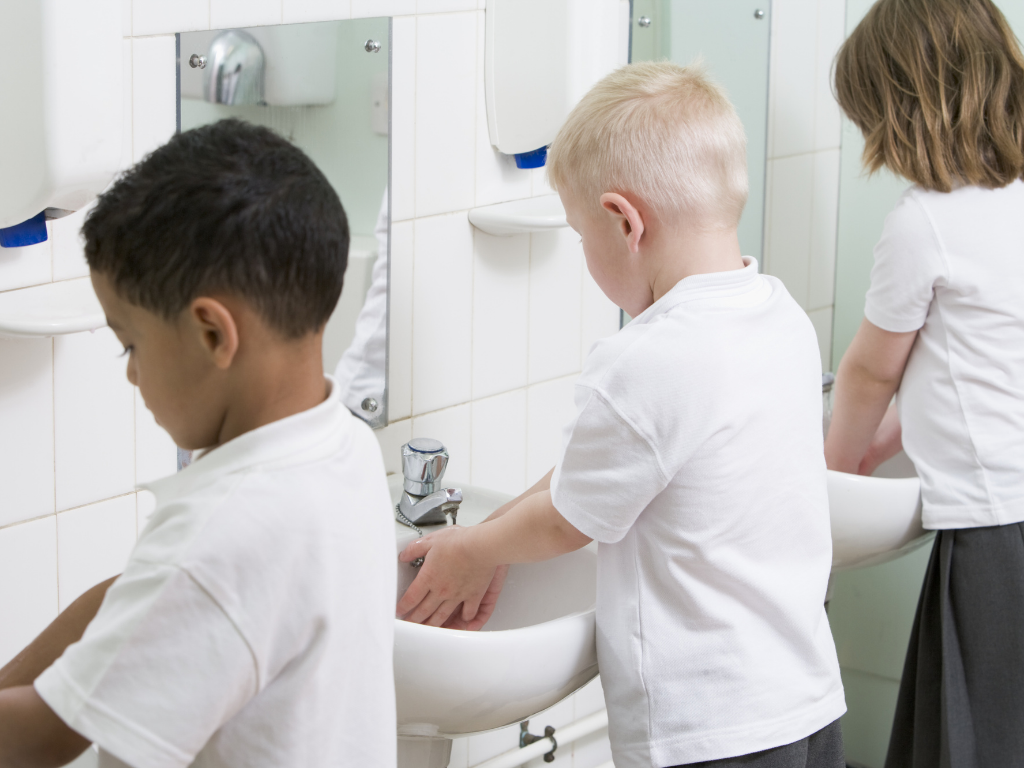
Going to the toilet at school is more complicated than going to the toilet at home. Your child needs to be able to:
They will be supported to do this when they start school. You can find information about how to develop these skills in KIDS. If your child is not yet toilet trained speak to your Health Visitor or Nursery Staff for help with this.
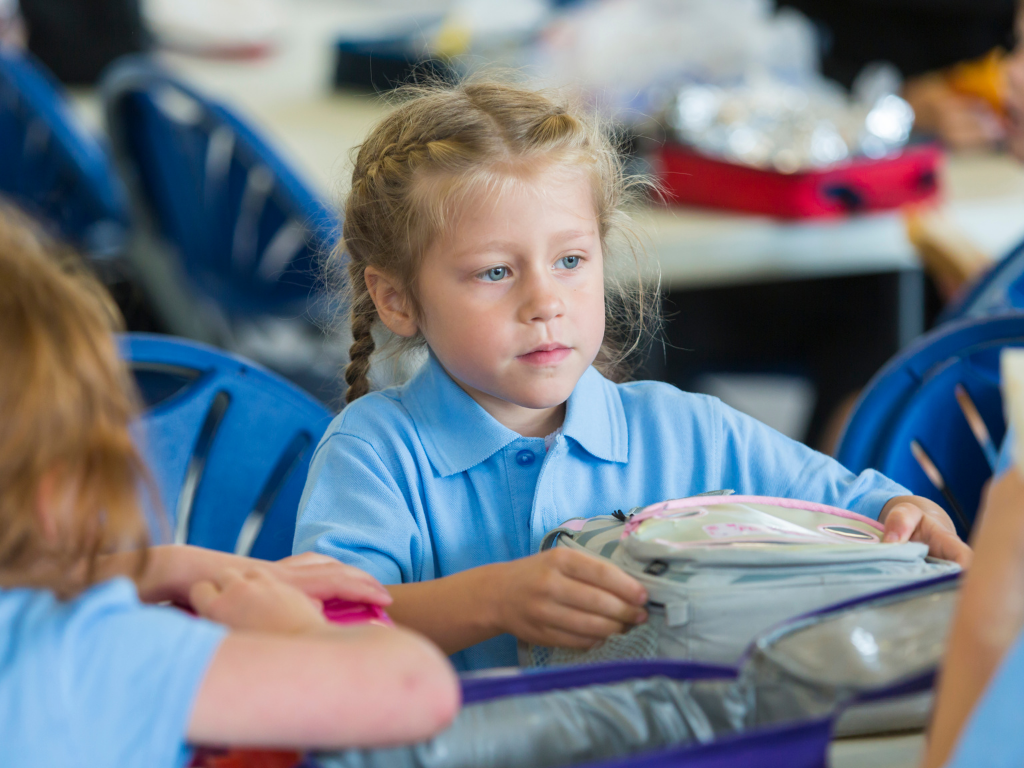
Lots of children tell us that their favourite times of the school day are break-time and lunchtime. It is important to think about how your child will manage these parts of school life too. Children are usually encouraged to take a snack for break-time. At lunchtime all Primary 1 children are eligible for a free school meal. Your child might prefer a packed lunch though.
There are lots of things to think about. Snacks and packed lunches should be healthy. You need to make sure your child can open all the packets and containers to be able to eat and drink. There will be adults around to help but practising at home will boost your child's confidence.
 When buying a packed lunch box or bag check your child can open and close it themselves. You might need to show them and practice with them. A zip might be easier but make sure it doesn't unzip all the way round as this can be hard to zip up when they are done. Remember to show your child how to open and close any other containers you are using too.
When buying a packed lunch box or bag check your child can open and close it themselves. You might need to show them and practice with them. A zip might be easier but make sure it doesn't unzip all the way round as this can be hard to zip up when they are done. Remember to show your child how to open and close any other containers you are using too.
 Choose a drinks bottle with a sports cap or built-in straw. This will be easier than a twist lid. Avoid drinks cartons or pouches that your child needs to pierce with a straw. These are really tricky to manage without spilling!
Choose a drinks bottle with a sports cap or built-in straw. This will be easier than a twist lid. Avoid drinks cartons or pouches that your child needs to pierce with a straw. These are really tricky to manage without spilling!
 Make sure your child can open any packets you give them. Again practice this before they start school. If they find this difficult you can cut off the corner of a packet with scissors. This starts it for them and means they won't need help from an adult.
Make sure your child can open any packets you give them. Again practice this before they start school. If they find this difficult you can cut off the corner of a packet with scissors. This starts it for them and means they won't need help from an adult.


Children learn to write at school but there are lots of things they need to do first. It is important for them to have strong bodies and arms. They need to have strong hands and fingers. They need to be able to make marks and draw. They need to see letters and words around them. They need to see you write in every day life.
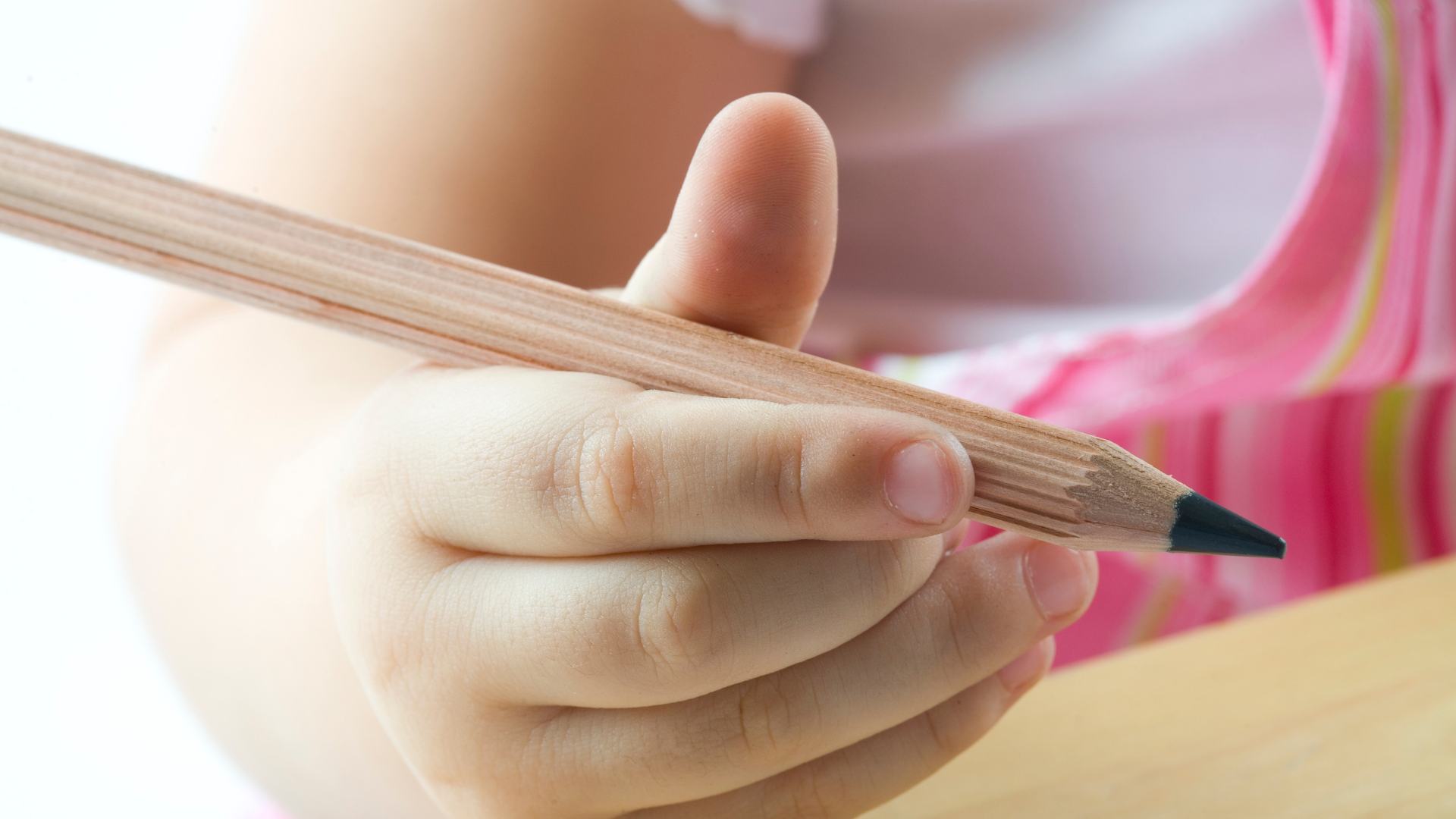
Learning how to hold a pencil is one of the things children need to learn before they learn to write. In nursery and school, children try out lots of different ways to hold a pencil. Most children develop a pencil grasp that is comfortable for them. Watch this video for more information and ideas on how to help.
 A pincer grasp is used to hold a pencil, thread a button through a hole and pick up coins. Being able to pick up small items between your thumb and index finger is an important stage in the development of hand function.
A pincer grasp is used to hold a pencil, thread a button through a hole and pick up coins. Being able to pick up small items between your thumb and index finger is an important stage in the development of hand function.
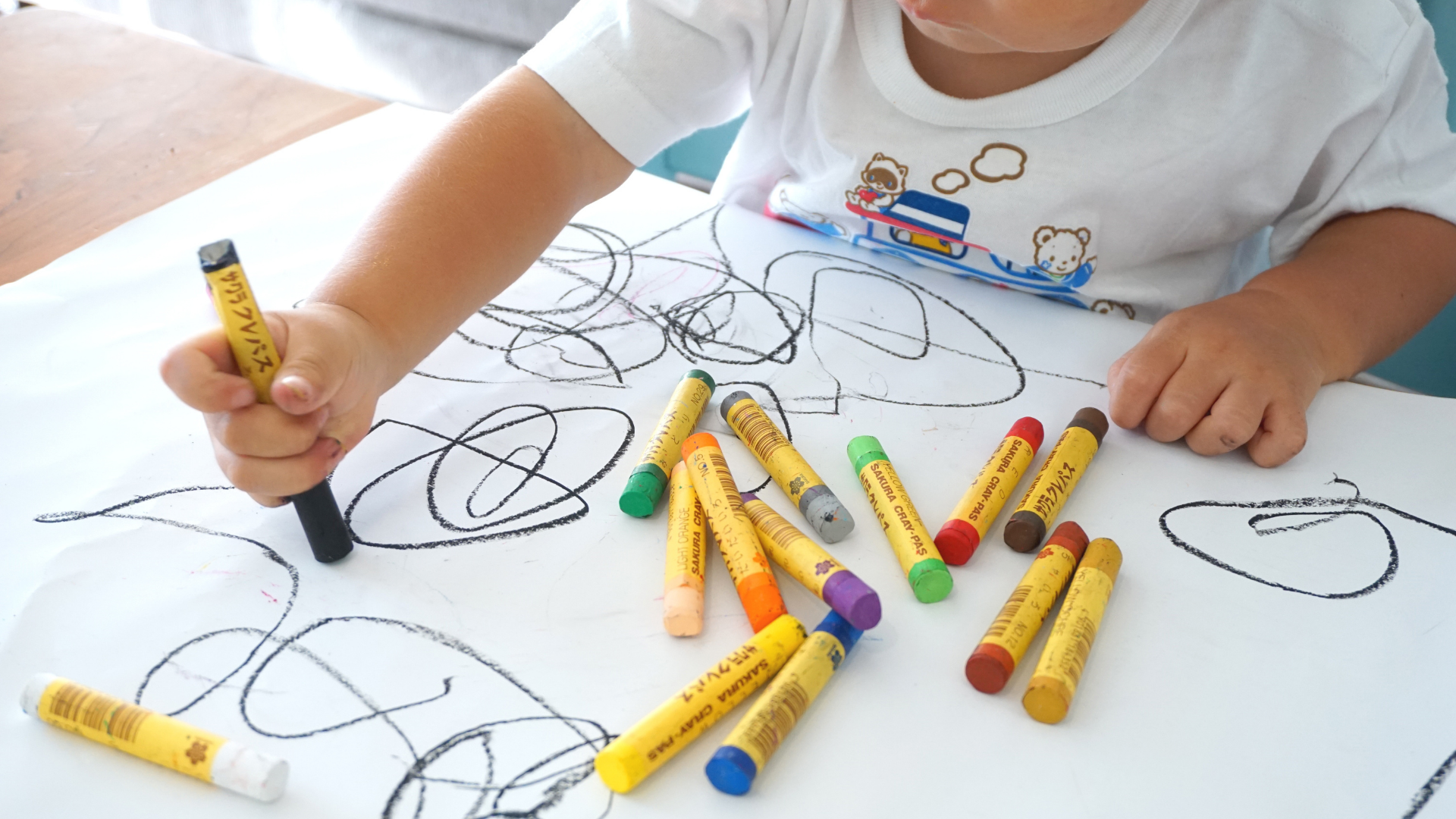
Children need to be able to draw the 9 pre-writing shapes. These shapes put together in different ways make up all the letters of the alphabet as well as the numbers. This video explains what the pre-writing shapes are. It shows you how to help your child practice these shapes.
The following websites are good for additional information and activities for the pre-writing stage:
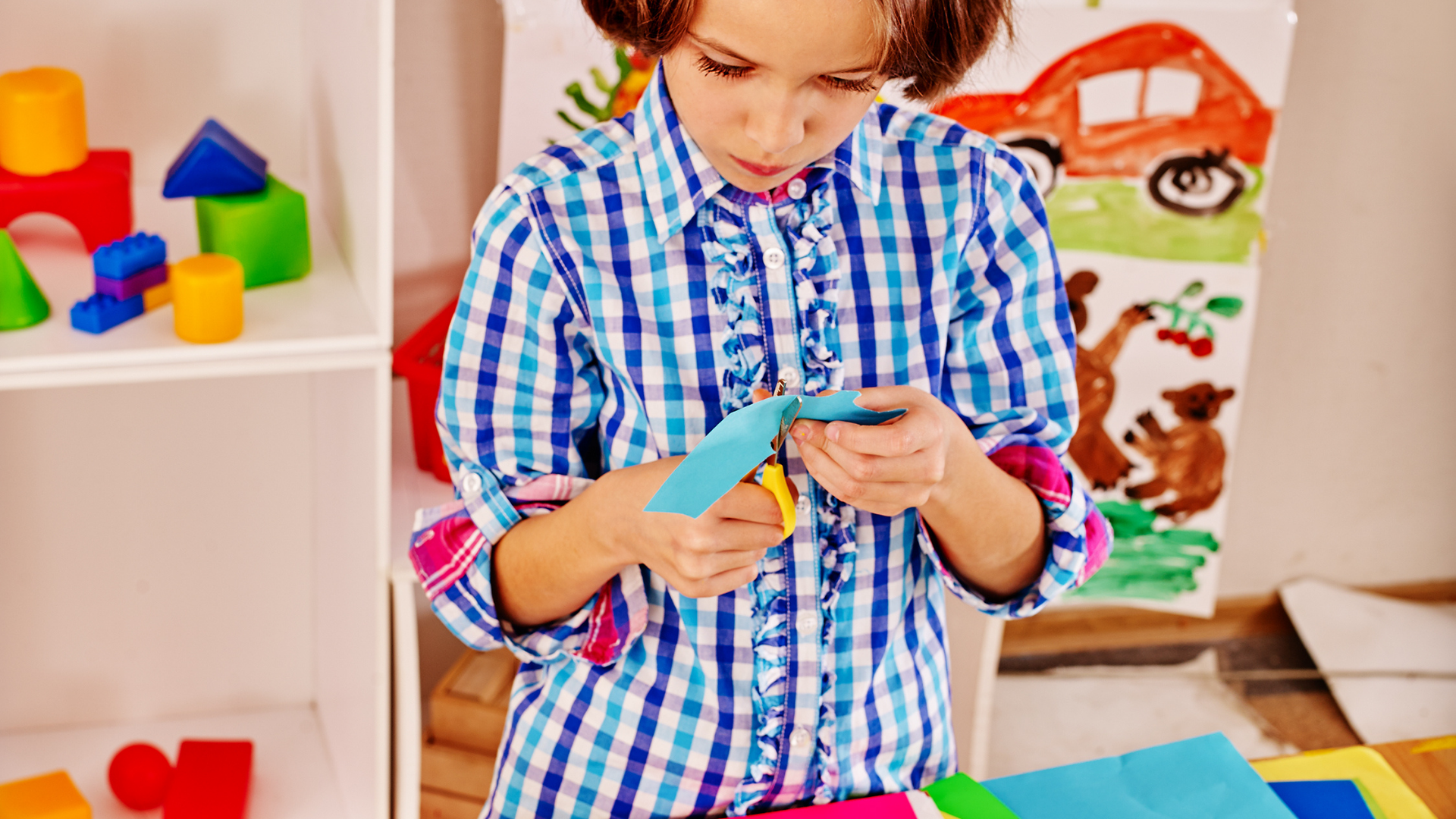
Being able to use scissors effectively and safely particularly in the earlier years can help children to demonstrate their learning.
The following information sheets are good for additional advice and practice:

Please see below for more general information for your child starting school:
Parent Club has some top tips from mums and dads for some fun games you can play in the holidays so you can both look forward to starting school.
Parentzone Scotland provides information on starting school looking at when your child starts school, how will your school help with the transition and how Parentzone Scotland can help.
Parenting Across Scotland provides the top ten tips for parents and families when you or your child is anxious to start school.
They also provide top tips for parents and families for starting school as well as information for parents who have learning disabilities.